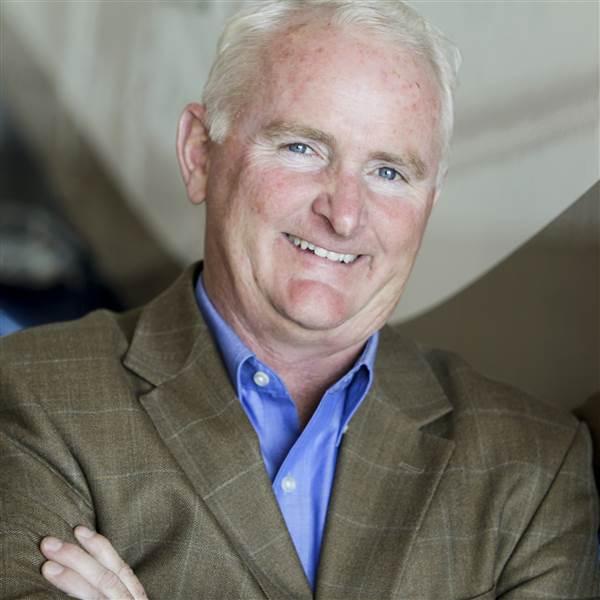President's Position: A balanced approach
Prioritize the things that matter most
For most of us, at least one of these resources presents itself as a barrier at one stage of our life. During adolescence, we have ample amounts of energy and time, but lack money. Entering adulthood and our working years, we have energy and money, but without the time. In our later years we may have access to money and time, while our energy fades.
When it comes to general aviation, time, money, and energy are all important factors, and each can be considered a barrier to access. It’s true that general aviation takes hours of our busy schedules, money out of our wallets, and an unwavering commitment to achieve our goals. But the rewards are immense in terms of personal achievement, efficient travel, and mental stimulation.
The past year has led many of us to reevaluate what’s important and how we spend our time and resources. Many have left the corporate office in favor of remote work and the freedom to pursue our passions, make room for our home life, and pick up new hobbies. COVID-19 offered a silver lining to many—it taught us to prioritize our time, knowing we don’t have a whole lot of it to waste.
Learning to fly takes dedication and commitment, but it’s worth every ounce of effort. Far too many of us make excuses why we can’t instead of embracing why we can—and should. Approximately 60 percent of those who solo an airplane never earn a pilot certificate—be it private, recreational, or sport. Others never even reach the solo stage, placing the overall dropout rate at an estimated 70 to 80 percent—way too high (and our You Can Fly folks are hard at work fixing that!).
Initially, many people are turned off by the cost of flying. Aviation isn’t cheap, and never has been—rental and instruction expenses easily add up to more than $200 an hour these days. Not to mention, a new Cessna Skyhawk sits at around a minimum of $432,000—far from the average U.S. household’s budget.
Innovation such as electric propulsion may reduce the cost of flying, especially for flight training, in the coming years. But there are avenues available today that can help reduce your cost of flying and increase your chances of success. Flying clubs, partnerships, and dry leases, for example, are great ways to save money while building camaraderie with those who share our passion. That network of friends in the club can help you stay engaged and continue your learning even after you get your initial certificate.
As you make your way through the aviation experience, remember what it was like when you were getting started, and help remove as many barriers for others as possible. As you may have experienced, from the outside looking in, aviation may seem rather walled off. Tall fences, “no trespassing” signs, and high security at local airports are common sights—not exactly the red-carpet welcome. And while we need a certain level of security, we can make airports feel more welcoming by hosting aviation days, inviting kids to take a flight, or encouraging a field trip to the local airport. Knotty problems require creative solutions.
For those with a financial need, point out the many scholarships available from a wide cadre of organizations, including AOPA. Our You Can Fly program awards more than $1 million per year in flight training scholarships, almost all funded by your generous donations to the AOPA Foundation (see “Scholarship Excitement, p. 40). Thank you! Be sure to watch for our next scholarship window, opening later this year.
In other good news, there are more opportunities to expose youth to aviation than ever before. The Civil Air Patrol, aviation clubs, and after-school programs are avenues for students to become involved, while STEM education is also rising in popularity and importance. According to the U.S. Bureau of Labor Statistics, STEM jobs are projected to grow 8.8 percent from 2017 to 2029. We’ve already seen growing interest with our own You Can Fly High School Aviation STEM curriculum, which is now in more than 400 classrooms around the country, serving more than 8,000 students in ninth through twelfth grades.
Becoming a pilot isn’t the hard part. It’s learning to balance our precious time, money, and energy along the way. There will always be barriers to access, but once we learn how to prioritize the things that matter most and make us happiest, we rarely regret putting in the effort.
Email [email protected]



